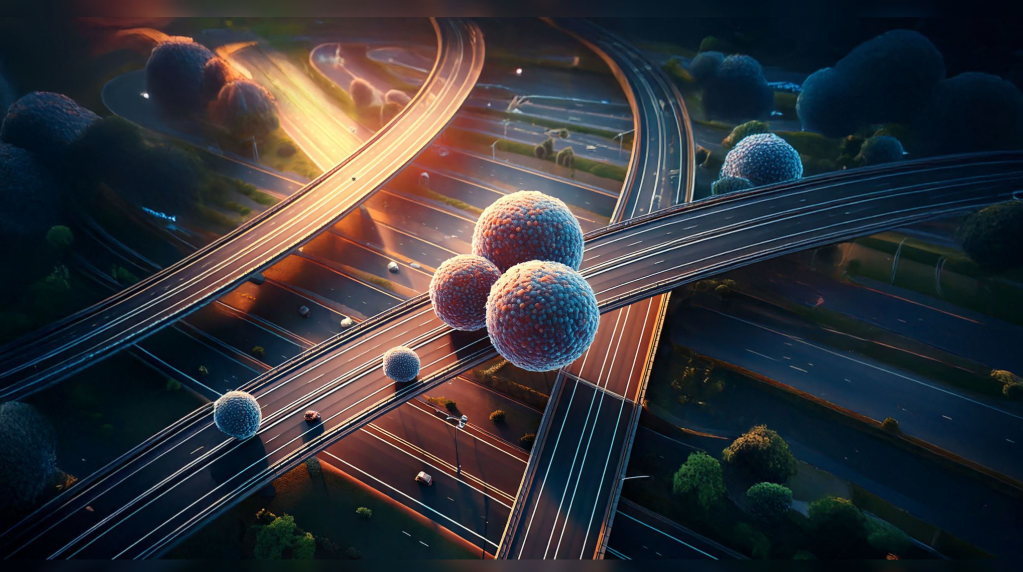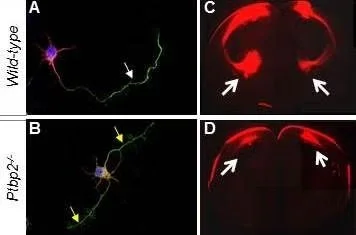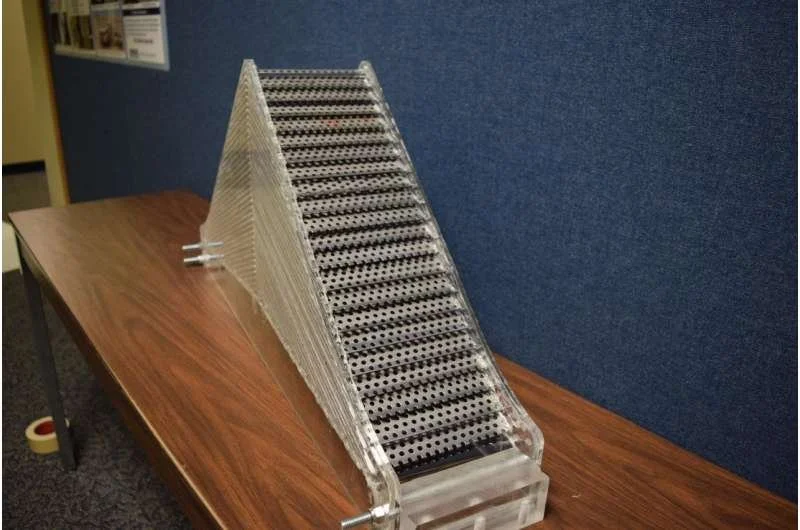
The Rules of Immunity: What Decides T Cell Fate
One type of T cell—known as a CD8—is constantly on the prowl in the human body in search of intruders that can cause infections and disease. CD8 T cells transform, or differentiate, at different stages of the immune response. During the normal process, these cells can become either activated killers that destroy infected cells or memory cells that contain the recipe to relaunch a defense against future infections. But they can also slip into dysfunctional, or “exhausted,” states that make them less effective in an immune response.

Protecting Long Beans from Aphids and Nematodes
The long bean descended from the African cowpea. As people migrated from Africa to Asia, they probably carried the seeds on their travels. Over time, growers selected plants that could survive and thrive in the new environment, resulting in the pods that are common today. Despite these benefits, long beans have not broken into larger commercial markets because the current varieties require frequent applications of synthetic chemicals to manage aphids and root‐knot nematodes, limiting marketability and opening the potential of pest resistance.

How Fungi Elude Antifungal Treatments
Every year, life-threating invasive fungal infections afflict more than 2 million individuals globally. Mortality rates for these infections are high, even when patients receive treatment. A new multi-institutional study led by researchers at Michigan State University has characterized how fungi adapt to restructure their cell walls, effectively thwarting current antifungal medications.

The Alps Are Dusted with Nanoplastics
Since plastics do not have a permanent environmental sink, they continue to degrade, becoming smaller until they are considered nanoplastics, which are 100 times thinner than a human hair. These fragments of plastic are tiny enough to be carried aloft and distributed by the wind. However, data on the distribution and concentration of nanoplastics are rarely reported.

Global Warming Could Rob Liquors of Their Flavor
Many of the botanicals used in traditional medicines and to flavor spirits, from absinthe to eau de vie, grow in alpine regions near the toes of glacial ice. As the planet warms and glacial ice retreats, this unique environment is changing and altering the diversity of the plant community.
“Glacial retreat is a double-edged sword,” said Gianalberto Losapio, a postdoctoral research fellow in ecology at Stanford University and first author on the study. “Habitat opens as a direct consequence of losing the glacier, but diversity decreases as competition increases from the species that persist.

A Match Made in Neural Heaven: How a Neuron Grows an Axon
While the neural architecture responsible for the transmission of electrical impulses has been known for more than a century, the basic biology behind how a neuron acquires its one and only axon — a fundamental component of how neurons communicate — remains a mystery. In a new paper, a researcher at the University of California, Riverside, and his colleagues describe the genetic switches that ignite axon formation.

Under Pressure: Researchers Search for New Glaucoma Treatments
Glaucoma is an insidious disease that develops slowly over time with few early warning symptoms. Previous research has linked the disease to abnormal internal eye pressure.
As the pressure builds, cells within the retina, the thin slip of tissue that lines the back of the eye, begin to die. The retina is critical for vision. It intercepts and transfers light into electrical signals that the brain interprets as visual images. The retina is a tapestry of different cells, including retinal ganglion cells, responsible for sending projections to the brain. When the retinal ganglion cells die, they are lost forever, leading to progressive and irreversible vision loss.

Cloaking devices -- It's not just for 'Star Trek' anymore
Cloaking devices play a pivotal role in many sci-fi television programs. Scientists are now working to take this technology from the dramatic realm of science fiction and make it real. Amanda D. Hanford, at Pennsylvania State University, is taking the introductory steps to make acoustic ground cloaks. These materials redirect approaching waves around an object without scattering the wave energy, concealing the object from the sound waves.